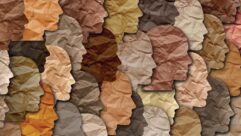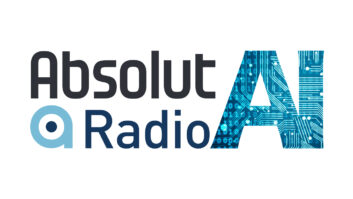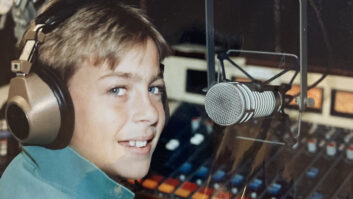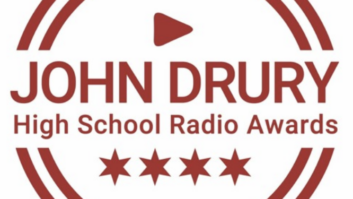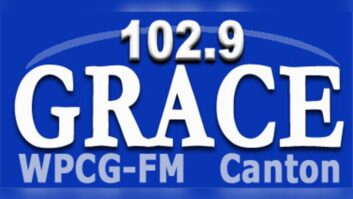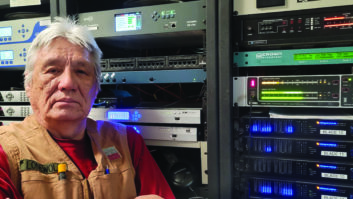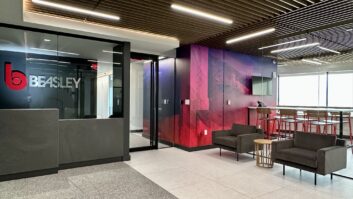There had been other radio interview programs. But this one was going to be different. A new engineering technique would allow the voice of the caller to be heard on the air.
We were about to enter what would become known as the turbulent 1960s. The program director at WCAU(AM) in Philadelphia informed me that I had been selected to host a new type of program, one that had never been done: two-way talk. Our engineers had come up with a technique that would change radio.
An Ampex machine was outfitted with a second head so that the audio could be taped and played back a few seconds later. Any unacceptable language could be prevented from getting out over the air.
This was long before deregulation. Even words such as “damn” or “hell” were taboo. A bypass key labeled “Panic Button” was installed in the studio that would allow the host to cut off the tape output and the telephone. The result would be a few seconds of dead air before the program would be heard again, usually with a brief explanation for the period of silence.
After the offending words had cleared the playback head, the engineer would re-establish the tape delay system, and we would be back in business. The standard speed for audio was 7-1/2 inches per second. This meant that I had 3-1/2 seconds to absorb what had been said, decide whether it was unacceptable and react.
An unfortunate incident occurred on a Monday night program I hosted with the coach of the Philadelphia Eagles football team. This caused our engineering department to go to 3-3/4 inches per second, which would allow for a 7-second delay. But that is a tale for another time.
Phone company headaches
Bell of Pennsylvania then was part of the AT&T system. When the station approached Bell, there was a complete lack of enthusiasm, for this was “uncharted territory.” The company cited all kinds of regulations with regard to non-company equipment being connected to its telephone network.
WCAU Chief Engineer Charles Miller was a friend of telephone company engineer Fred Shaw. Shaw worked with and tested modified Bell equipment at WCAU, and it worked. He went through Bell management levels and the station received approval to use the modified equipment.
Further discussions between Miller and Shaw resulted in a system to provide incoming callers with the program audio when put on hold by the producer. Shaw modified a 20-button call director so that a guest who was unable to be in the studio could be on a conference call. This was done in the studio for the talent and in the control room for the producer, thus permitting callers to talk directly with the guest in another location.
The ability to contact important but unavailable guests was a tremendous boost for the industry.
Shaw also worked with Miller on upgrading the overall quality of the telephone system. The number of callers attempting to contact the program sometimes caused massive breakdowns in the Philadelphia region of the Bell Telephone system.
Again, Shaw came to the rescue with a choke number, COLFAX, which stopped calls at the point of origin if all circuits were busy. Through his efforts, busy signal counters were installed, but were often capable of reading only 9,999 calls started over during a program. These were the days of old mechanical — relay telephone — switching systems. Today, it would be computer-controlled, with no need for the choke.
Other stations across the country decided to try talk radio and experienced the same difficulties with their local telephone companies. Stations and telephone companies soon sent engineers to WCAU to determine how we solved the problems. Telephone companies adapted Shaw’s methods and offered them as a service to customers.
A format is born
The news that I would get a shot at hosting the inaugural talk show came at just the right moment.
I had been hosting the morning show on WCAU, the first CBS network affiliate. Dr. Leon Levy was the owner of the station, and his brother-in-law, William Paley, was both owner and founder of CBS. The network was WABC (now WCBS) New York and WCAU Philadelphia.
The morning show had started in 1951 and featured a live band with both a male and female singer, along with a daily dose of “corn” I imported from my native Iowa and dispensed shamelessly.
Every year I would lose a musician or two, as their contracts called for more money and our program director would call for fewer musicians. By 1959 the show was down to a piano player, a singer and me.
At this time the program director invited me in for a chat. My thoughts were that I would lose my last two musicians and become a disk jockey, following the format of virtually every other station in town. But no.
I was informed that I would be hosting a revolutionary type of program: two-way talk. We would invite guests into the studios and the listeners would call in with their opinions or questions.
I pretended to know what it was all about and made one request: that I be assigned a staff to help out with the details of acquiring guests, doing research and other nuts-and-bolts chores. After all, this was a momentous move in a new direction. So we set up an office with a secretary, a producer and myself.
By a great stroke of luck, the young lady who joined as the producer was the find of the century. Ronnie Snowden could make life much easier for the Bush administration today. I am certain she could find both Osama bin Laden and Saddam Hussein in a blink.
To give you an idea of her capabilities, on a Good Friday she found and persuaded to be our guests both Billy Graham and Norman Vincent Peale — a slam — dunk by anyone’s scorecard.
Whatever heavenly star had been assigned to me certainly was sitting in the right house at the right moment when I was selected to host the show. I had no clue that, for more than a dozen years, I was to experience a smorgasbord of guests and callers who would amaze, amuse and annoy.
The show brought to our microphones world leaders, members of congress, cabinet members and presidents. It would host top Hollywood and Broadway personalities and famous authors. It would present the thoughts of the radical left and the arch-conservatives of the right, from Gus Hall, leader of the Communist Party in the United States, to Robert Shelton, head honcho of the Ku Klux Klan.
Malcolm X shared the microphone on a number of occasions. I saw him change from the “angriest black man in the country” to a more mellow and reasonable advocate, a move that cost him his life.
I was picketed by a group protesting the appearance of the KKK leader. They wore sheets and displayed threatening signs, one of which read: “Ed You’re Dead.”
I was on the air when the station was invaded by the Weathermen terrorist group. Fortunately they got lost in the WCAU building and missed both master control and my studio. The police got there after they damaged a few offices and the newsroom.
From that day, the front doors of WCAU were locked at all times. Today the only entrance for employees and guests is the back door, past security guards.
Caught on tape
When I was not in the studio, I was seldom without my attaché case tape recorder. It was with me when I flew piggyback with the Navy’s Blue Angels; when I interviewed frightened refugees fleeing China into Hong Kong; when I chatted with the pearl king, Mikimoto, in Tokyo; when an impending storm forced our hydrogen-filled balloon down, smack in the middle of the grounds of the Graterford prison; and even when I danced with the Eskimos in Barrow, Alaska.
There was the exclusive interview with the captain and crew of a Russian “fishing trawler,” later identified by the Navy as an espionage ship.
There was the heart-wrenching announcement of the fatal shooting of President Kennedy that, for some strange reason, beat the network announcement by a couple of minutes. I still have the tape and the teletype first flash of that tragedy.
There was the last interview with President Eisenhower before he left this mortal coil. The CBS network used excerpts from it in its eulogy.
Each of these occasions is a story in itself.
There is one final interview of which I often dream. I want to be sitting across from the president in the Oval Office with my tape recorder resting on his desk. The hotline phone rings. The president picks it up, answers, and, looking only slightly surprised, says, “It’s for you.”
When asked his opinion of current talk radio, Ed Harvey said, “I may have created a monster.” The author lives in Valley Forge, Pa., where he writes three columns for area newspapers, in addition to hosting his radio show on WWDB(AM) in Philadelphia.




